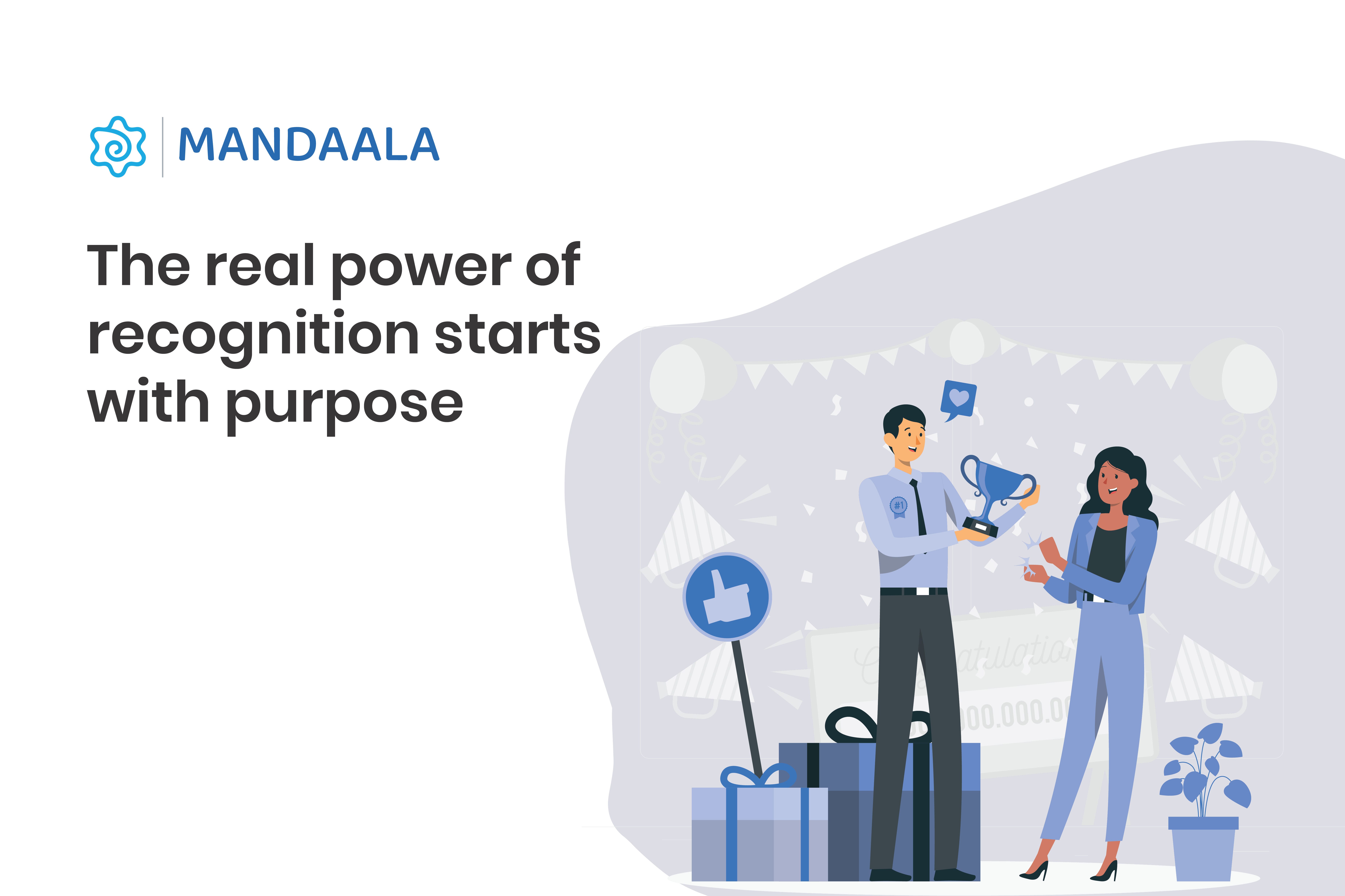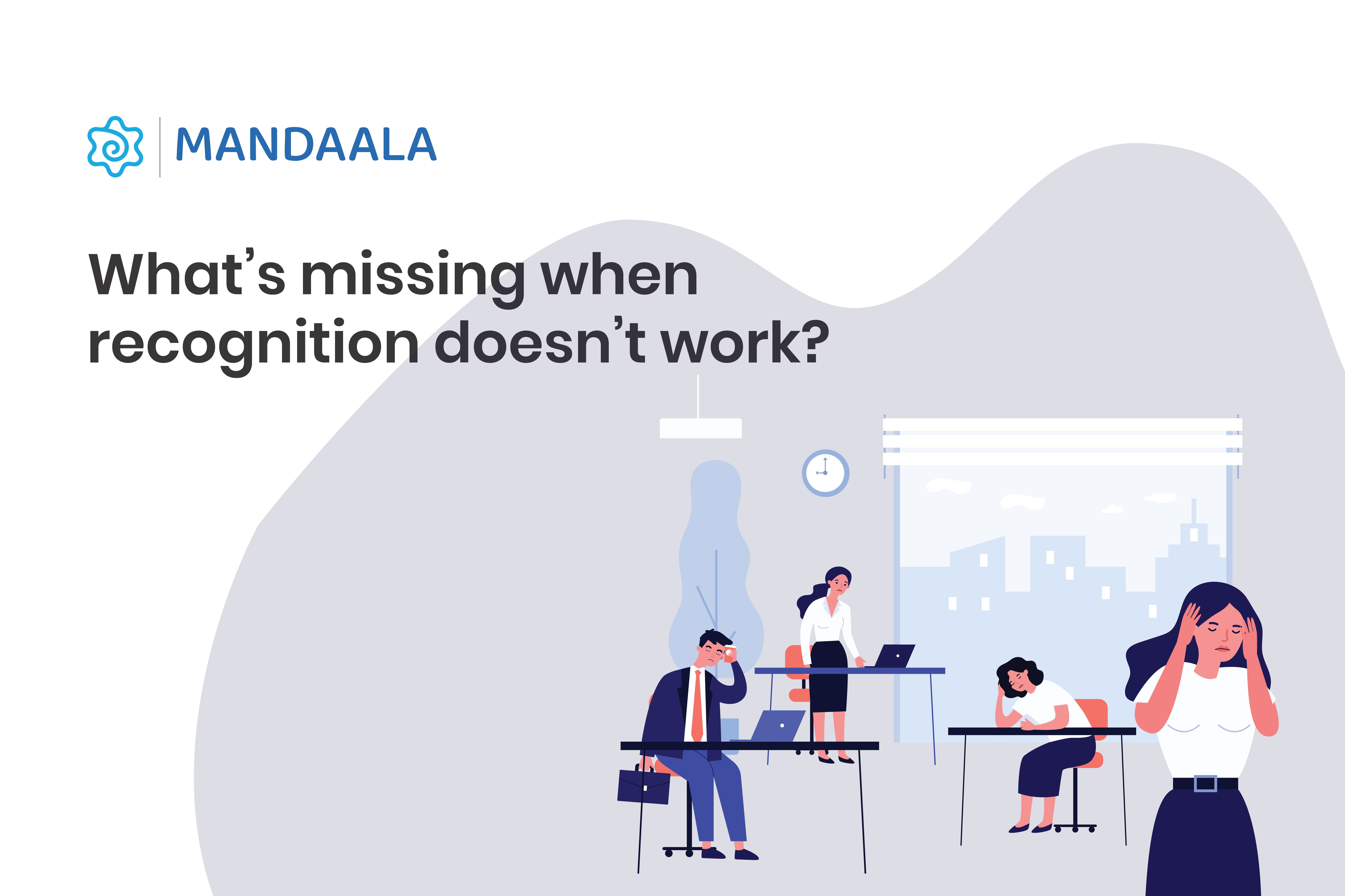How to Build a Successful Employee Recognition Program in 10 Steps

Employee recognition programs are more than perks, they’re powerful tools to retain talent, boost productivity, and create a culture of appreciation. But getting them right isn’t always easy. From choosing the right rewards to making recognition meaningful, there’s a lot to consider. This guide breaks it all down and shows you how to build an employee recognition program that actually works.
Understanding Employee Recognition Programs and Why They Matter

Employee recognition programs are structured systems that help organisations highlight the effort, progress, and everyday wins of their teams. When appreciation is regular and intentional, it creates a ripple effect, boosting morale, loyalty, and long-term engagement. That’s why successful employee recognition programs are fast becoming a key part of workplace strategy.
Why do they matter?
- Strengthens engagement by making work feel meaningful
- Reduces attrition by helping people feel seen
- Builds a culture of everyday appreciation
- Drives performance through positive reinforcement
- Connects recognition to real business outcomes
The impact of a recognition program isn’t measured by how often you reward, it’s measured by how deeply it resonates with the people it’s built for.
Types of Employee Recognition
One of the most important steps in building a successful employee recognition program is knowing how recognition can take different forms. The most impactful programs use a mix of these six types:
1. Peer-to-Peer Recognition
When team members appreciate each other directly, it builds trust and a sense of shared ownership.
2. Manager-to-Employee Recognition
Recognition from leaders that reinforces goals, progress, and values in action.
3. Monetary Recognition
Rewards like bonuses, incentives, or gift cards that tie appreciation to tangible value.
4. Non-Monetary Recognition
Gestures such as thank-you notes, shoutouts, or skill-building opportunities that show appreciation without spending.
5. Formal Recognition
Structured programs including annual awards or service milestones, designed for consistency and visibility.
6. Informal Recognition
Everyday moments of appreciation that keep morale high and recognition ongoing.
Knowing how to implement a rewards and recognition program that blends these types can help you create a culture of appreciation that lasts.
Step-by-Step Guide to Building a Successful Employee Recognition Program

Knowing which types of recognition work best is just the starting point. To create a program that actually sticks, you need a plan that builds step by step. Here’s how to implement a successful employee recognition program, from first steps to long-term impact.
Step 1: Define Your Objectives
Decide what your recognition program should achieve in its first few months versus the long run. This helps you prioritise actions and track progress meaningfully.
Step 2: Involve Stakeholders
Bring HR, team leads, and key leadership into the process early. This creates ownership and ensures your program is built with real organisational context.
Step 3: Set a Realistic Budget
Define how much you can allocate for rewards, tools, and logistics. This sets boundaries so your program can scale sustainably.
Step 4: Choose Recognition Types That Fit
Select recognition formats that work across levels and teams, manager-led, peer-to-peer, formal, informal. This gives your program structure and flexibility.
Step 5: Define Clear Criteria for Recognition
Outline which behaviours, milestones, or values will be recognised. This creates consistency and avoids subjective or biased nominations.
Step 6: Select Tools or Platforms
Choose a platform to manage nominations, approvals, fulfilment, and tracking. This makes the program easy to run and measure as it grows.
Step 7: Communicate the Program Effectively
Launch with clear, concise messaging that tells employees how the program works. This drives awareness and builds initial momentum.
Step 8: Promote a Culture of Recognition
Establish regular recognition touchpoints through team meetings, reviews, and leadership habits. This reinforces consistent behaviour and helps embed the program into everyday culture.
Step 9: Gather Feedback and Monitor Engagement
Track participation and gather feedback from users. This helps you identify friction points before they grow.
Step 10: Measure Success and Refine
Use defined metrics to evaluate what’s working, and what isn’t. This ensures your employee recognition program evolves with real insight, not assumptions.
What Makes an Employee Recognition Program Successful?
You’ve built and launched your program, now the real test is in the follow-through. A successful employee recognition program depends on how well it’s lived every day, not just how it’s designed.
1. Consistency
Make recognition a regular rhythm, not a once-in-a-while activity.
2. Authenticity
Keep appreciation sincere and specific to the contribution.
3. Timeliness
Recognise people when it matters most, while the impact is still fresh.
4. Relevance
Tie recognition back to values, goals, and real behaviours, not generic praise.
5. Involvement
Enable participation across levels so recognition becomes a shared responsibility.
These principles are what turn recognition from a process into a lasting part of your culture.
Why Some Recognition Programs Fail

Even with the right intentions, not every program delivers the results it promises. After understanding what makes a successful employee recognition program work, it’s just as important to recognise where things tend to fall apart.
1. Lack of clarity or transparency
When the rules aren’t clear, recognition feels arbitrary and unfair.
2. One-size-fits-all approach
A rigid format ignores team dynamics and individual preferences.
3. Low visibility
If no one sees recognition happening, it loses its influence and impact.
4. Inconsistency
Sporadic recognition breaks trust and weakens engagement.
5. Lack of leadership buy-in
When leaders don’t participate, the program loses credibility and momentum.
Spotting these issues early can help you course-correct before the program starts to lose meaning.
Conclusion: From Strategy to Everyday Impact
Building a recognition program isn’t about getting everything perfect on day one, it’s about creating something that evolves with your people and your culture. The most successful employee recognition programs are those that stay relevant, responsive, and deeply connected to what matters at work.
Whether you’re refining what already exists or learning how to implement an employee recognition program from scratch, the opportunity is the same: to make recognition a meaningful part of how your organisation grows, connects, and thrives.
Mandala is the solution arm of PrintStop India